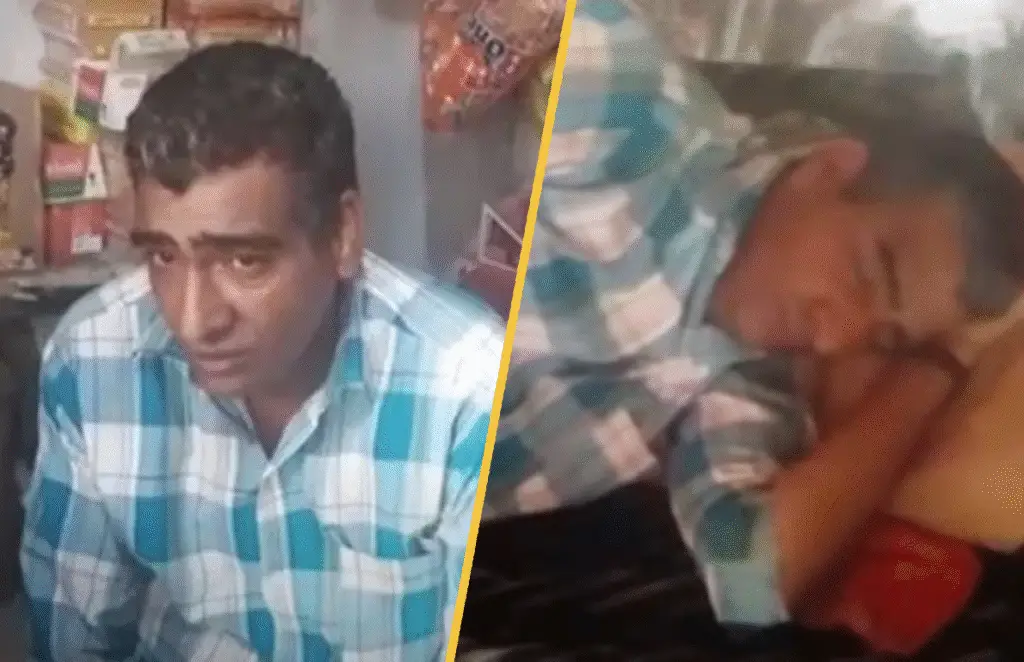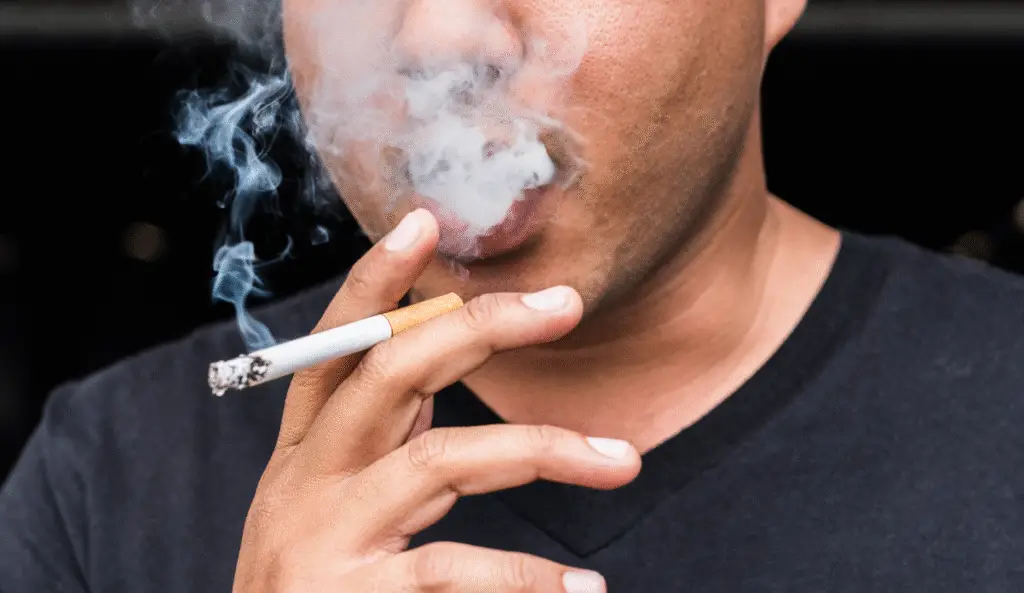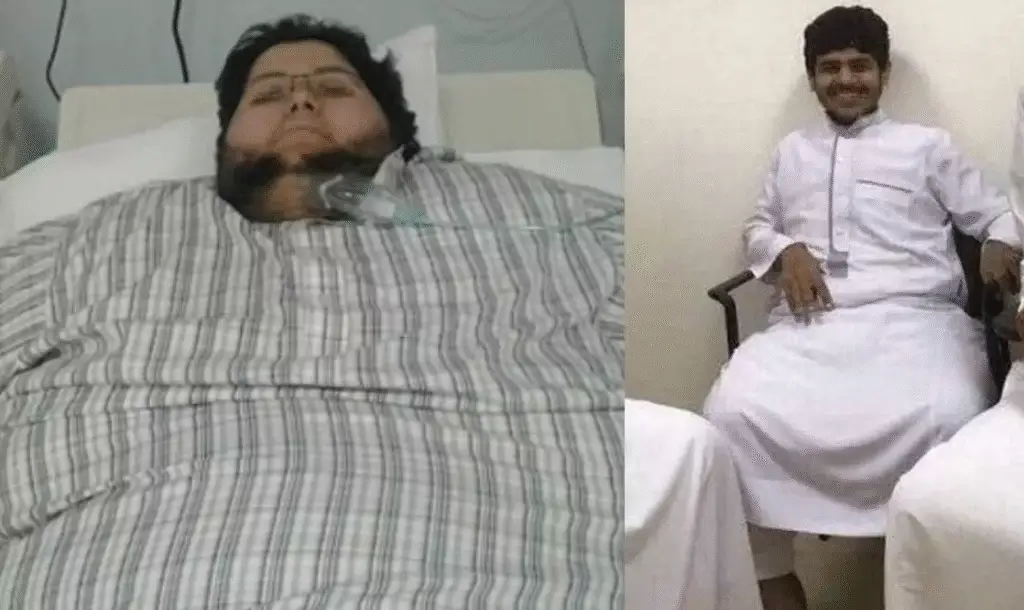Meet the Man Who Sleeps for 300 Days a Year

- Purkharam, from Bhadwa village in Nagaur district, has endured extreme sleep episodes for 27 years, often lasting 20-25 days without interruption.
- Diagnosed with Axis Hypersomnia, a chronic neurological disorder causing excessive daytime sleepiness, he relies on family to feed and bathe him during these marathons.
- Community rallies around him, helping run his grocery shop that operates just five days monthly, highlighting resilience amid rare sleep disorder challenges.
Imagine drifting into slumber, only to awaken weeks later, the world having spun forward without you—missed family gatherings, shifting weather patterns, even the subtle changes in your own home.
This isn’t a tale from folklore or a thriller novel; it’s the daily reality for Purkharam, a 46-year-old resident of Bhadwa village in Rajasthan’s Nagaur district, whose life has been hijacked by a baffling rare sleep disorder known as Axis Hypersomnia.
For over two decades, Purkharam’s existence has revolved around unpredictable cycles of profound sleep, earning him the affectionate yet poignant nickname “Kumbhakarna” from villagers, drawing parallels to the mythical giant from the Ramayana epic famed for his six-month slumbers.
What started as sporadic extended naps in his late teens has escalated into episodes where he remains unconscious for 20 to 25 days at a time, totaling nearly 300 days of sleep annually.
During these periods, no external stimuli—be it loud noises, physical prodding, or urgent calls—can rouse him, plunging him into a state of deep, unyielding rest that defies conventional understanding of human sleep patterns.
Purkharam’s journey with this neurological disorder began around 1998, when initial symptoms manifested as unusual fatigue and prolonged drowsiness.
Local doctors in Rajasthan initially dismissed it as laziness or overwork, but persistent episodes led to consultations at specialized facilities in Jodhpur, where he received his diagnosis.
Axis Hypersomnia, as medical experts describe it, is a chronic condition characterized by excessive daytime sleepiness and extended sleep durations exceeding 9 to 10 hours within a 24-hour cycle, often leaving sufferers in a fog of grogginess upon waking.
Unlike narcolepsy, which involves sudden sleep attacks, this disorder traps individuals in marathon sleep sessions, disrupting every facet of life.
Delving deeper into the science, Axis Hypersomnia disrupts the brain’s delicate balance of wakefulness regulators.
Researchers point to potential imbalances in neurotransmitters like orexin, which governs arousal, or elevated levels of inflammatory markers such as TNF-Alpha that influence sleep architecture.
In Purkharam’s case, triggers remain shrouded in mystery—no clear history of head trauma, genetic markers, or substance use has been identified, though experts note that factors like obesity, certain medications, or underlying depression can exacerbate such hypersomnia symptoms.

A study from the National Center for Biotechnology Information highlights that this rare sleep disorder impacts 4 to 6 percent of the global population, yet extreme cases like Purkharam’s push the boundaries of medical knowledge, prompting questions about undiscovered genetic mutations or environmental influences in rural India.
As days blur into weeks of oblivion, Purkharam’s small grocery shop—a modest venture stocking essentials like grains, spices, and household items—stands as a testament to his interrupted ambitions.
He manages to open its shutters only about five days each month, during fleeting windows of alertness that last mere hours before drowsiness creeps back in.
Customers, accustomed to his absences, often leave payments in a trust-based system or wait patiently for his return, but the financial strain is palpable.
Revenue dips unpredictably, forcing reliance on sporadic sales and community goodwill to cover basics like utilities and school fees for his three children.
Yet, amid these hardships, glimmers of human connection emerge. Neighbors in Bhadwa, a tight-knit community of farmers and artisans, have woven a safety net around Purkharam.
They deliver fresh produce to his doorstep, assist with inventory restocking, and even man the shop counter on occasion, ensuring the business doesn’t shutter entirely.
This collective empathy stems not just from pity but from shared cultural values, where tales of Kumbhakarna evoke both humor and reverence.
One villager recounted how they organize informal gatherings during Purkharam’s wakeful spells, sharing tea and stories to make up for lost time, fostering bonds that transcend his condition.
Shifting focus to the intimate toll, Purkharam’s family bears the brunt of his Axis Hypersomnia battles.
His wife, Lichmi Devi, juggles household chores with the exhaustive task of caregiving—administering liquids through a straw, gently bathing him to prevent bedsores, and monitoring his vital signs without medical equipment.
Their children, now in their teens, have grown up normalizing this routine, helping with meals and errands while navigating the emotional weight of a father who’s physically present yet absent.
Lichmi often jokes about his “royal slumbers,” but beneath the levity lies worry about long-term health risks, such as muscle atrophy or cardiovascular strain from prolonged immobility.
| Key Fact | Detail |
|---|---|
| Full Name | Purkharam |
| Age (as of 2025) | 46 |
| Location | Bhadwa village, Nagaur district, Rajasthan, India |
| Condition | Axis Hypersomnia |
| Onset | Diagnosed in 1998, symptoms for 27 years |
| Sleep Episodes | 20-25 days per stretch, totaling ~300 days/year |
| Daily Impact | Grocery shop operational only 5 days/month |
| Family Size | Wife Lichmi Devi and three children |
| Medical Risks | Potential muscle atrophy, bedsores, grogginess upon waking |
| Community Role | Nicknamed “Kumbhakarna”; receives aid for shop and chores |
Medical interventions have offered limited relief. Prescribed stimulants like modafinil aim to combat excessive daytime sleepiness, but Purkharam’s response has been inconsistent, with side effects including headaches and anxiety outweighing benefits.
Antidepressants, sometimes used to address overlapping mood disturbances, provide marginal improvements in wakefulness.
Prevention strategies, as advised by specialists, include avoiding caffeine late in the day and maintaining a strict sleep hygiene routine—ironic for someone ensnared by hypersomnia.
Dr. Navneet Kaur, a general physician at Apollo Spectra in Delhi, emphasizes that underlying causes like sleep apnea or head injuries must be ruled out through polysomnography tests, which Purkharam has undergone multiple times without definitive answers.
Intriguingly, recent advancements in regenerative medicine hint at future possibilities.
Researchers like Dr. Pradeep Mahajan from StemRx Bioscience in Mumbai explore stem cell therapies to modulate brain inflammation linked to TNF-Alpha imbalances, potentially offering a breakthrough for rare neurological disorders.
For now, Purkharam experiments with herbal remedies from local Ayurvedic practitioners, blending turmeric infusions and yoga poses during lucid moments to stave off episodes, though efficacy remains anecdotal.
Beyond the clinical lens, Purkharam’s story unveils broader societal insights into living with invisible disabilities in rural settings.
In a region where agriculture demands constant vigilance, his condition challenges traditional notions of productivity, sparking conversations about mental health and rare diseases awareness.
Advocacy groups in India push for better access to sleep clinics, noting that hypersomnia often goes undiagnosed due to limited resources.
What if environmental factors, like pesticide exposure common in Rajasthan farms, play a hidden role? Or could genetic sequencing reveal a familial pattern overlooked in his ancestry?
As Purkharam navigates these prolonged hibernations, his brief awakenings burst with intent—catching up on news via a battered radio, playing cards with children, or planning shop expansions that fate interrupts.
His resilience, bolstered by unwavering family devotion, raises profound questions: How does one measure a life in waking hours alone?
And what undiscovered secrets of the brain might unlock freedom from this sleep-bound existence, perhaps transforming his tale from one of endurance to emancipation?
































